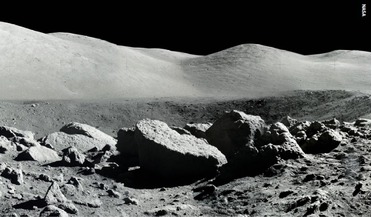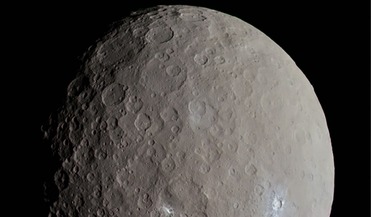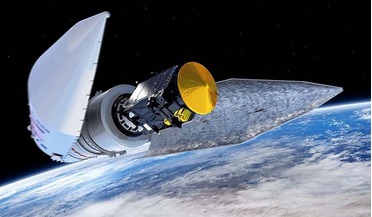 February 2016
Nuclear Flashlamps in Space
February 2016
Nuclear Flashlamps in Space
... them somewhere safe. Strapping on a few solid rocket boosters to each missile could generate enough thrust to achieve escape velocity and send them as far away as possible. The challenge is to get some use out of them in the process...
 October 2021
Mining lunar hydrogen
October 2021
Mining lunar hydrogen
... and migrate into space, because they are liberated at speeds negligibly lower than the 2.6 km/s figure for escape velocity. Therefore, above the lunar regolith surface (just like the heated cathode), a cloud of water particles appears...
 November 2021
Megasatellite habitat at Ceres
November 2021
Megasatellite habitat at Ceres
... and his students built prototypes of lunar electromagnetic catapults, small versions of which were successfully tested. Ceres’ escape velocity is less than that for the Moon, so a catapult smaller than that needed for the Moon case...
 14 March 2016
And it's off! ExoMars 2016 launches successfully
14 March 2016
And it's off! ExoMars 2016 launches successfully
... rockets in the world, will loop around Earth four times in increasingly wider eclipses before it reaches the escape velocity needed to send it on its way to the red planet. The scientific mission is expected to begin in December 2017 and...